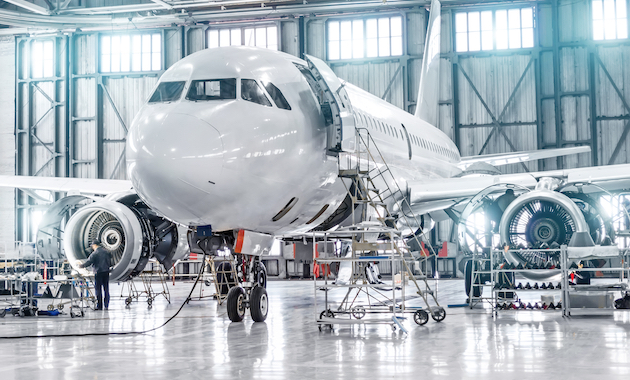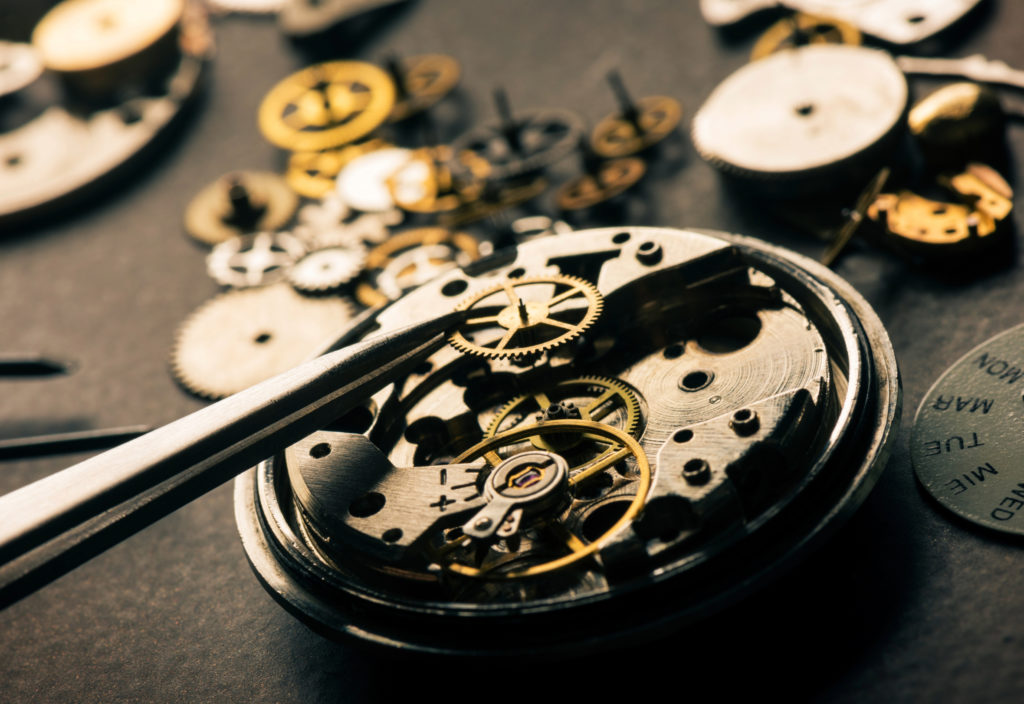
CSEM’s electronic eye will improve inspections of aircraft fuselages
24 November 2021

In SWISSMODICS, an EU-funded Clean Sky project coordinated by CSEM, engineers will develop an image sensor that can be incorporated into an aircraft’s composite structure in order to detect damage and defects.
Aircraft are inspected regularly, either during routine maintenance or after their structure has experienced an impact that may have been caused by ground support equipment at the airport gate, for example, or an in-flight collision with birds. But the damage caused by the impact doesn’t always occur exactly where the structure was hit. That’s especially true for aircraft made from composite materials, which are increasingly common because composites weigh less than conventional materials.
A variety of methods are available for detecting delamination in composites. However, they involve inspections that require aircraft to be grounded for long periods of time or even disassembled – both of which are costly processes.
In an EU-funded Clean Sky H2020 project called SWISSMODICS, three partner organizations – CSEM, Jean Monnet University in Saint-Etienne, France, and Almay Technologies in Chauvigny, France, – will develop a thin broad-wavelength-spectrum image sensor that can be incorporated directly into an aircraft’s composite structure in order to detect damage.
This new technology could drastically shorten inspection times and reduce the inconvenience caused to both airlines and passengers, especially when planes must be grounded at the last minute for unplanned maintenance inspections.
Paving the way for the development of lighter aircrafts
Neuchâtel’s CSEM will be in charge of developing the chip and studying the layer composition, in association with engineers at Jean Monnet University, who will characterize the components. Almay Technologies, which is specialized in composites for aeronautical applications, will test the new device on composite structures with defects.
The project, scheduled to be completed in August 2023, should pave the way to the development of lighter aircraft, with all the environmental benefits that will bring.

